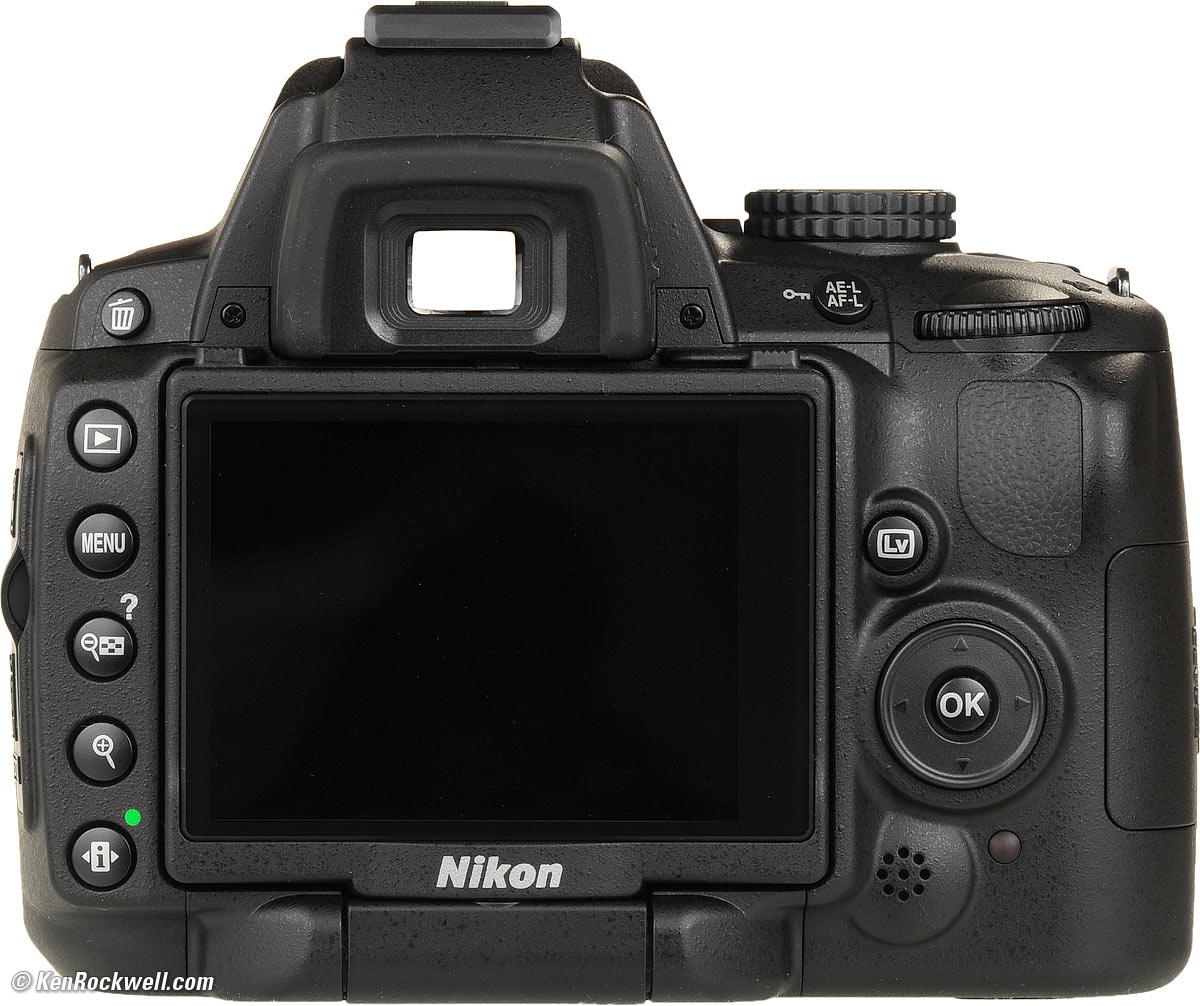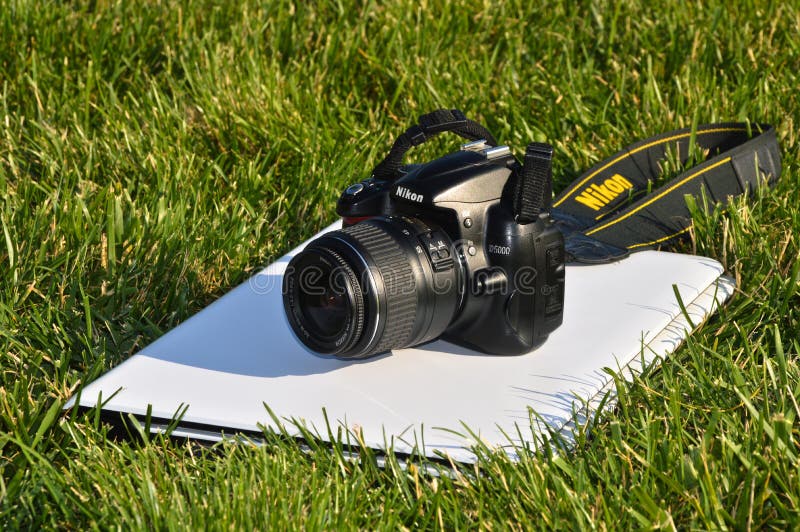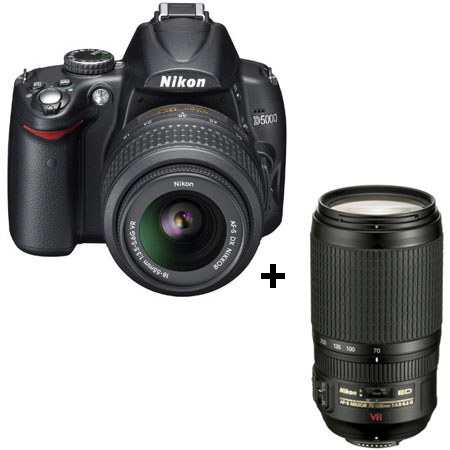
Results will be posted on as soon as they’re in.īoth the Canon and Nikon shoot high-def video with mono sound, but the similarities end there.
#Nikon 5000 iso
But some things are certain-the Canon has more resolving power, larger LCD, higher ISO range (up to 12,800), and higher price ($800, street, body only $900 with 18-55mm f/3.5-5.6 EF-S IS lens). As we went to press, our tests of the T1i weren’t complete, so we can’t say how it stacks up.

Of course, the 15.1MP elephant in the room is the new Canon EOS Rebel T1i, which we previewed alongside the Nikon last month. (Neither camera is rated to focus in light dimmer than EV -1.)

At the slightly-brighter-than-moonlight of EV -1, the Nikon focused more than half a second faster than the E-620. But the Nikon drew ahead as the lights dimmed. At the brightest level (EV 12), the Olympus focused 0.1 second faster, and by the next step down (EV 10), the two were neck and neck at about 0.5 second. Though slower than the D90 when using Nikon’s new 50mm f/1.4G AF-S lens (we tested the D90 with the older 50mm f/1.4 Nikkor AF), it still beat the E-620 in most light. Other impressive numbers from the Nikon: AF speed. And the Olympus reaches Unacceptable noise by ISO 1600, while the new Nikon doesn’t get there until ISO 3200. The most significant difference between them is in noise, with the Nikon turning in better results at ISO 800 than the Olympus does at ISO 100. Also a compact DSLR in the $700/12MP class ($700, street, body only $800 with 14-42mm f/3.5-5.6 Zuiko lens), this Four Thirds format camera (2X lens factor) falls slightly below the Nikon in both resolution (2120 lines) and color accuracy (average Delta E, 7.9). Perhaps a more relevant comparison can be made with Olympus’ new E-620 (see the test, June 2009). The D5000? Expect grainier results (though with $200 left in your pocket). (The D90 keeps it Low through 3200.) So for a low-light classic- say, little Justin blowing out his birthday candles-the D90 will keep you in the clear.

This means that you get Very Low to Low noise from ISO 100 through 800. The D5000 is at least 1 stop behind the noise-conquering D90 all along the ISO scale. Where do you really see the difference in processing? Noise. The D5000 takes the honors, though just by a hair (average Delta E 6.73 versus 6.93 for the D90). In color accuracy, the difference is similarly negligible. But it implies that, while they share a 12.3MP CMOS sensor in the DX format (1.6X lens factor), their in-camera processing is not the same. You’d have to enlarge images from these two cameras to at least 11×17 inches before even hoping to see a difference in resolution. Its big sister, the Nikon D90 ($930, street, body only), edged into the Extremely High range with 2315 lines-the winner, but not by a lot.

The resolution of 2245 lines earns a Very High rating on our recently revised scale. And, as our tests in the Pop Photo Lab confirm, there’s more to this mini Nikon DSLR than meets the invoice. The price is low-$730, street, body only $850 with the AF-S Nikkor 18-55mm f/3.5- 5.6G VR lens. So there’s no question that the new Nikon D5000 will stop you cold in your number-crunching tracks. If the first number you look at when DSLR-shopping is the price, we understand.


 0 kommentar(er)
0 kommentar(er)
